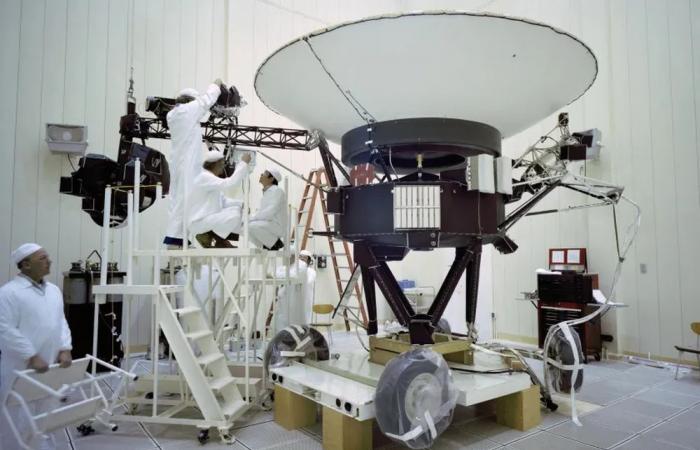Credit NASA
Recently, the NASA announced the deactivation of the instrument science du plasma on board the probe Voyager 2due to the progressive reduction of available energy. The probe, which has now traveled more than 20.5 billion kilometers since the Terrenevertheless continues to operate with four other scientific instruments to study the region outside our heliospherea vast protective bubble composed of particles and magnetic fields emitted by the Soleil. Despite the deactivation of this instrument, engineers predict that the Voyager 2 will be able to continue its explorations with at least one operational instrument until 2030s. The twin probes Voyager are in fact the only space vehicles to have ever operated in interstellar space, outside the heliosphere.
The data collected by these missions represents an invaluable resource for better understanding the cosmos. The plasma science instrument measured the amount and direction of the flow of plasmaelectrically charged atoms, in interstellar space. However, in recent years, the probe was no longer optimally oriented to collect complete data due to its position relative to the plasma flow. The probes Voyager are powered by plutonium decomposing, which reduces the energy capacity of the probes each year by approximately 4 watts.
After completing the exploration of the giant planets in the années 80many instruments that were not useful for the study of interstellar space have been deactivated, thus allowing energy to be conserved for a longer period. On September 26, engineers sent the command to turn off the plasma science instrument via the Deep Space Network from NASA.
Le signal a mis 7 p.m. to reach Voyager 2 and as much to return to Earth and confirm the execution of the command without problem. Engineers are constantlymonitoring the operations of the probe, which has now 47 ansto avoid undesirable consequences resulting from these interventions.
Confirmation that the probe was functioning normally allowed us to continue without incident. In 2018the plasma science instrument was instrumental in confirming that Voyager 2 had actually crossed the boundary of the heliosphere, entering interstellar space.
This boundary is characterized by significant changes in particles, atoms and the magnetic fields that the instruments of the probes Voyager are able to detect. Inside the heliosphere, particles coming from the Sun move outwards, while outside it, the plasma flows in the opposite direction relative to solar particles, as the heliosphere itself moves through interstellar space. The mission Voyager therefore continues to provide valuable data, contributing to our understanding of the dynamics between Soleil and interstellar space, keeping alive one of the longest and most fascinating explorations in human history.
Our Meteo Giornale articles are on Google News, follow us for free!


Follow our feed!








